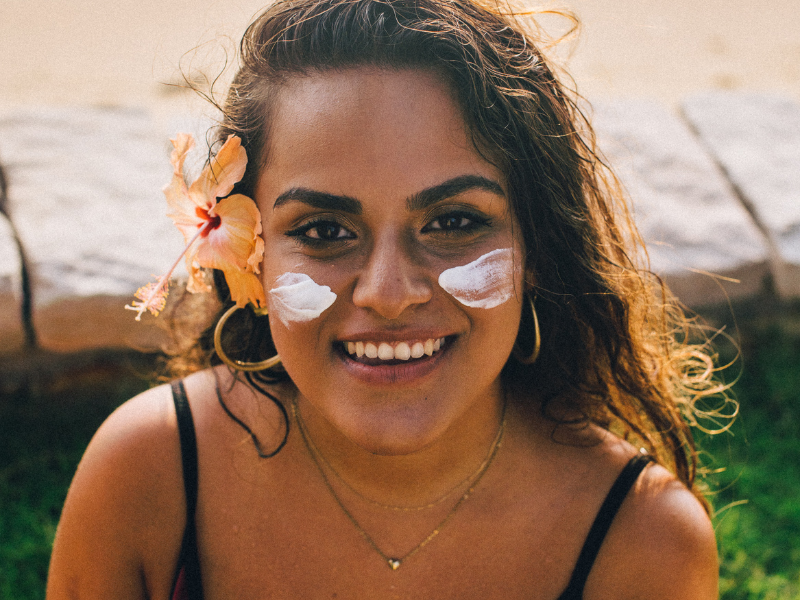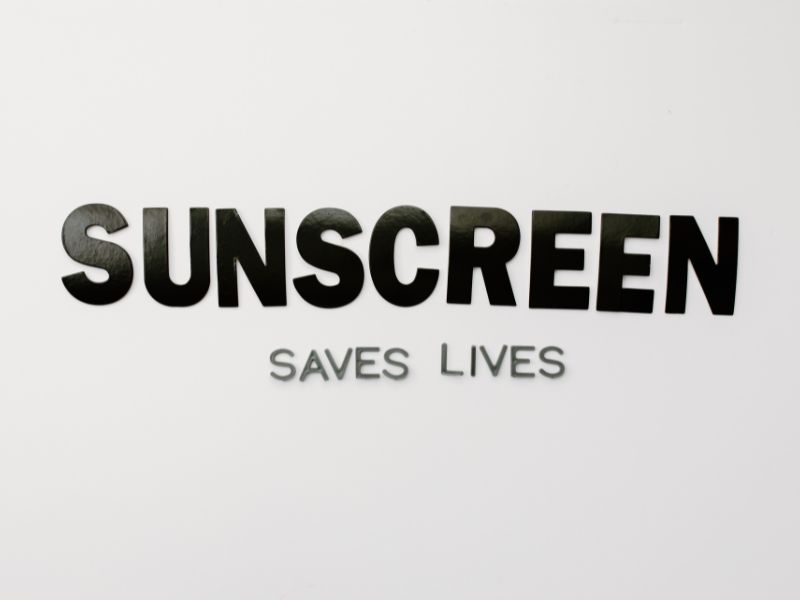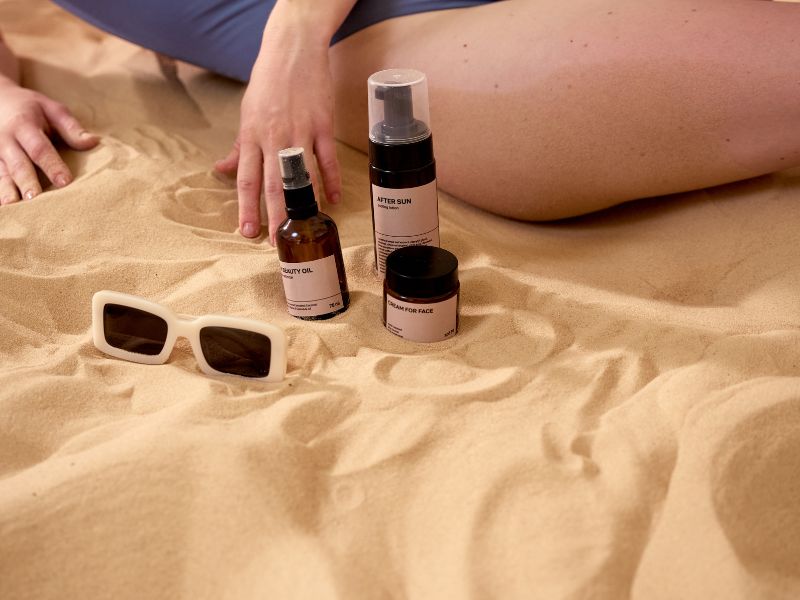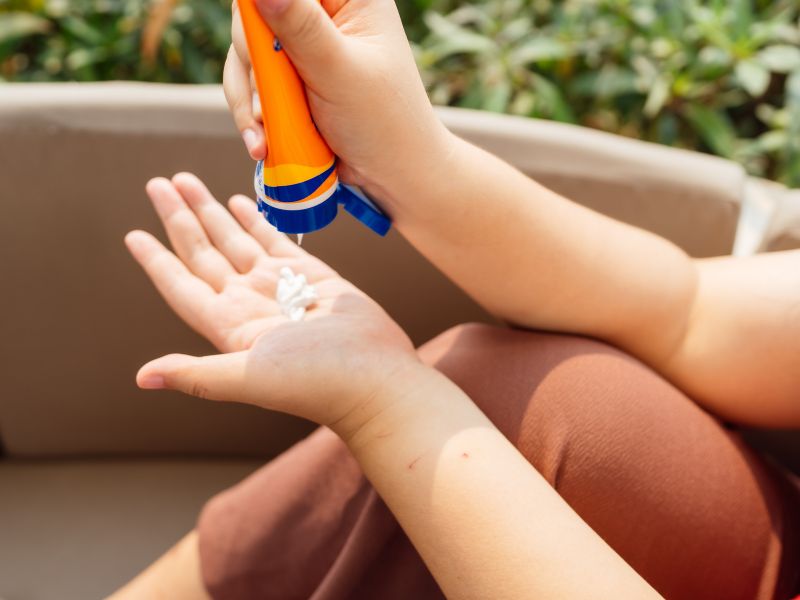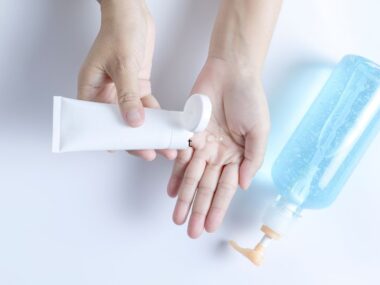Sunscreen is a critical component in skincare, offering protection against harmful UV rays from the sun. With more information available than ever before on sun protection, one acronym that appears frequently on sunscreen labels is “SPF,” or “Sun Protection Factor.” However, while most of us recognize it as essential, understanding exactly what SPF means, how it works, and its limits are less commonly understood.
This article dives deep into the SPF number on sunscreen, shedding light on its meaning, importance, and how to choose the right SPF level for different activities and skin types.
What Does SPF Stand For?
SPF stands for Sun Protection Factor. This rating measures the level of protection a sunscreen provides against UVB rays, which are primarily responsible for causing sunburn. It’s important to know that SPF does not account for UVA rays, which penetrate deeper into the skin, contributing to premature aging and increasing the risk of skin cancer. Some sunscreens, labeled as “broad-spectrum,” offer protection against both UVB and UVA rays, which is the ideal choice for comprehensive sun protection.
How Is SPF Calculated?
SPF ratings are based on how long it would take for a person’s skin to burn when exposed to sunlight without protection compared to the time it would take when wearing sunscreen. For example:
- SPF 15 means it will take 15 times longer for your skin to start showing signs of sunburn compared to unprotected skin.
- SPF 30 implies 30 times longer sun exposure before burning.
Essentially, the higher the SPF, the greater the protection it provides against UVB rays, but only up to a certain point. This calculation involves controlled testing under laboratory conditions, which may not completely mirror real-world use.
Breaking Down SPF Levels: What Does The SPF Number On Sunscreen Mean?
Different SPF levels offer varying degrees of protection against UVB rays. Here’s a general breakdown of what each SPF level means in terms of sun protection:
- SPF 15 – Blocks approximately 93% of UVB rays.
- SPF 30 – Blocks about 97% of UVB rays.
- SPF 50 – Blocks approximately 98% of UVB rays.
- SPF 100 – Blocks around 99% of UVB rays.
While SPF 100 offers slightly more protection than SPF 50, the increase is marginal. No sunscreen provides 100% protection, and high-SPF sunscreens should not give a false sense of complete sun protection.
How SPF Works in Real Life
While SPF gives us a standardized measure of protection, several factors affect how it performs in real-life situations:
- Application Amount: To achieve the SPF protection listed on the sunscreen, you need to apply it liberally—about one ounce, or a shot glass full, for the entire body. Applying less than this reduces effectiveness.
- Reapplication Frequency: Even the highest SPF sunscreen wears off with sweating, swimming, and time. It’s recommended to reapply sunscreen every two hours or immediately after swimming or excessive sweating.
- Skin Type: Individuals with fair skin may need a higher SPF as they are more susceptible to sunburn than those with darker skin tones. People with darker skin may opt for lower SPF but still benefit from broad-spectrum protection to defend against skin cancer and premature aging.
Common Myths and Misunderstandings About SPF
Due to widespread misconceptions, many people don’t reap the full benefits of sunscreen. Let’s explore some common myths:
- Higher SPF Means I Don’t Need to Reapply: This is one of the biggest misconceptions. Even SPF 100 should be reapplied every two hours for continuous protection, especially after swimming or sweating.
- I Don’t Need Sunscreen on Cloudy Days: Up to 80% of UV rays penetrate through clouds, making sun protection essential even on overcast days.
- Sunscreen Only Protects Against Sunburn, Not Skin Cancer: While sunscreen helps prevent sunburn, it also reduces the risk of skin cancers by limiting UV exposure.
- Makeup With SPF Is Enough: Many cosmetics contain SPF, but it’s usually not enough. For full protection, use a dedicated sunscreen under makeup and remember to reapply throughout the day.
- One Application Lasts All Day: No sunscreen is waterproof or “all-day.” Sunscreen is labeled as either water-resistant (effective for 40 minutes in water) or very water-resistant (effective for 80 minutes in water). Reapplication is essential.
How to Choose the Right SPF for Your Skin
Choosing the right SPF involves assessing your skin type, the intensity of the sun, and the duration of sun exposure.
- For Daily Use (Short Periods Outdoors): An SPF of 15–30 is generally sufficient for daily activities like commuting or quick errands.
- Extended Outdoor Activities (Moderate Sun Exposure): If you plan to be outdoors for extended periods, such as gardening, hiking, or walking, an SPF 30 or higher is advisable.
- High-Intensity Exposure (Beach, Pool, or Outdoor Sports): For intense sun exposure or environments with high UV index levels, SPF 50 or higher, paired with water-resistant formulas, provides better protection. Broad-spectrum sunscreen is also vital.
- Sensitive or Fair Skin: Individuals with fair or sensitive skin that burns easily should consider using SPF 50 or higher. It’s also crucial for children, whose skin is more sensitive to the sun.
- For Babies and Toddlers: The American Academy of Pediatrics recommends that babies under six months should avoid sun exposure as much as possible. For those over six months, an SPF 30 or higher sunscreen specifically formulated for children can be applied to exposed areas.
Understanding Broad-Spectrum Protection
As noted, SPF primarily indicates protection against UVB rays, the chief culprits of sunburn. However, UVA rays penetrate the skin more deeply, contributing to premature aging, skin damage, and an increased risk of skin cancers. Broad-spectrum sunscreens provide protection against both UVB and UVA rays, making them the preferred choice for complete protection.
While SPF ratings for UVA rays don’t exist universally, the broad-spectrum label is a reliable indicator of a sunscreen’s UVA protection.
How SPF Fits into a Complete Sun Protection Routine
Even with high-SPF sunscreen, practicing other sun safety measures enhances overall protection. Here are a few habits to incorporate alongside sunscreen use:
- Seek Shade: Avoid direct sun exposure, especially between 10 a.m. and 4 p.m., when UV rays are strongest.
- Wear Protective Clothing: Long sleeves, wide-brimmed hats, and UV-blocking sunglasses provide added protection.
- Use Additional Sun Accessories: Umbrellas, beach tents, or shaded seating areas offer additional respite from direct sunlight.
- Stay Hydrated: Sun exposure can lead to dehydration, which compromises your skin’s natural barrier and health. Drink plenty of water, especially during prolonged sun exposure.
The Evolution of SPF and Sunscreen Technology
In recent years, sunscreen formulations have significantly improved, with options that cater to various skin types, textures, and preferences. Innovations include mineral-based sunscreens for sensitive skin, tinted sunscreens that double as makeup, and lightweight, non-greasy formulas ideal for everyday use. Many brands now offer reef-safe sunscreens, which do not contain harmful chemicals like oxybenzone and octinoxate, known to damage marine ecosystems.
Frequently Asked Questions (FAQs) About SPF
1. Is SPF 100 Twice as Effective as SPF 50?
No, SPF 100 is not twice as effective as SPF 50. SPF 50 blocks about 98% of UVB rays, while SPF 100 blocks 99%. The increase in protection is marginal, so don’t rely solely on a higher SPF; regular reapplication is crucial.
2. Can I Use Last Year’s Sunscreen?
Most sunscreens have an expiration date, generally within three years of manufacture. Using expired sunscreen may lead to reduced effectiveness, as the active ingredients degrade over time.
3. Should People With Dark Skin Use Sunscreen?
Yes, people of all skin tones benefit from sunscreen. While darker skin has more melanin, which offers some protection against UV rays, it doesn’t prevent skin cancer, sunburn, or photoaging.
4. Do I Need to Use Sunscreen Indoors?
If you spend a lot of time near windows or use electronic devices, wearing sunscreen indoors can still be beneficial. UVA rays can penetrate glass, and studies suggest that blue light from screens may contribute to skin aging.
5. Are Mineral Sunscreens Better Than Chemical Sunscreens?
Mineral sunscreens (containing zinc oxide or titanium dioxide) physically block UV rays, while chemical sunscreens absorb them. Mineral sunscreens are often recommended for sensitive skin, but both types offer effective protection. Preference depends on your skin type and personal comfort.
Conclusion
Understanding what SPF means and how it works empowers you to make informed choices when it comes to sun protection. SPF is just one part of a broader sun safety strategy. By selecting the right SPF level, reapplying sunscreen regularly, and combining it with other protective measures, you can reduce your risk of sunburn, skin damage, and skin cancer.
Remember, when it comes to sun protection, consistency is key—applying sunscreen should be a daily ritual, rain or shine, ensuring that your skin stays healthy, youthful, and well-protected for years to come.
